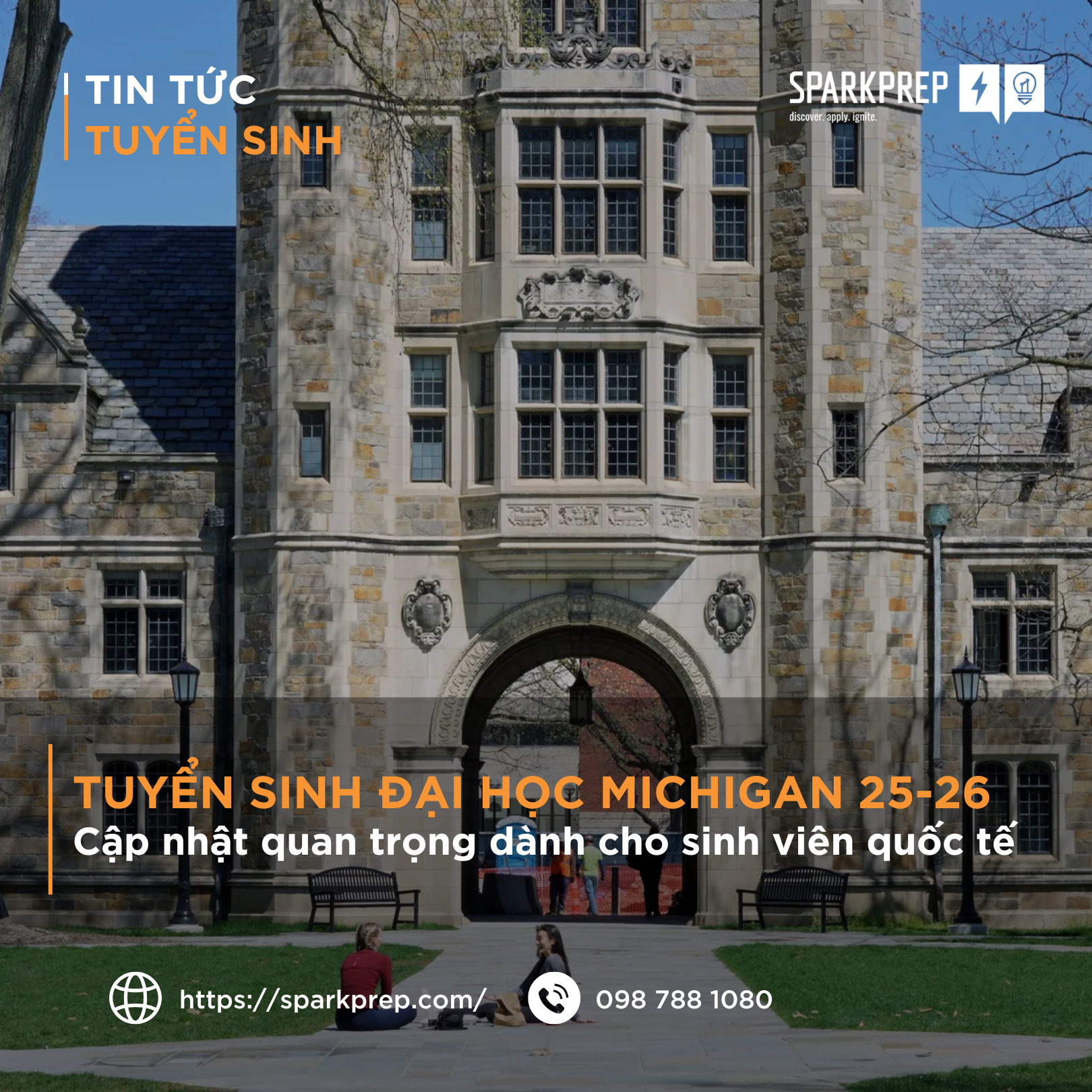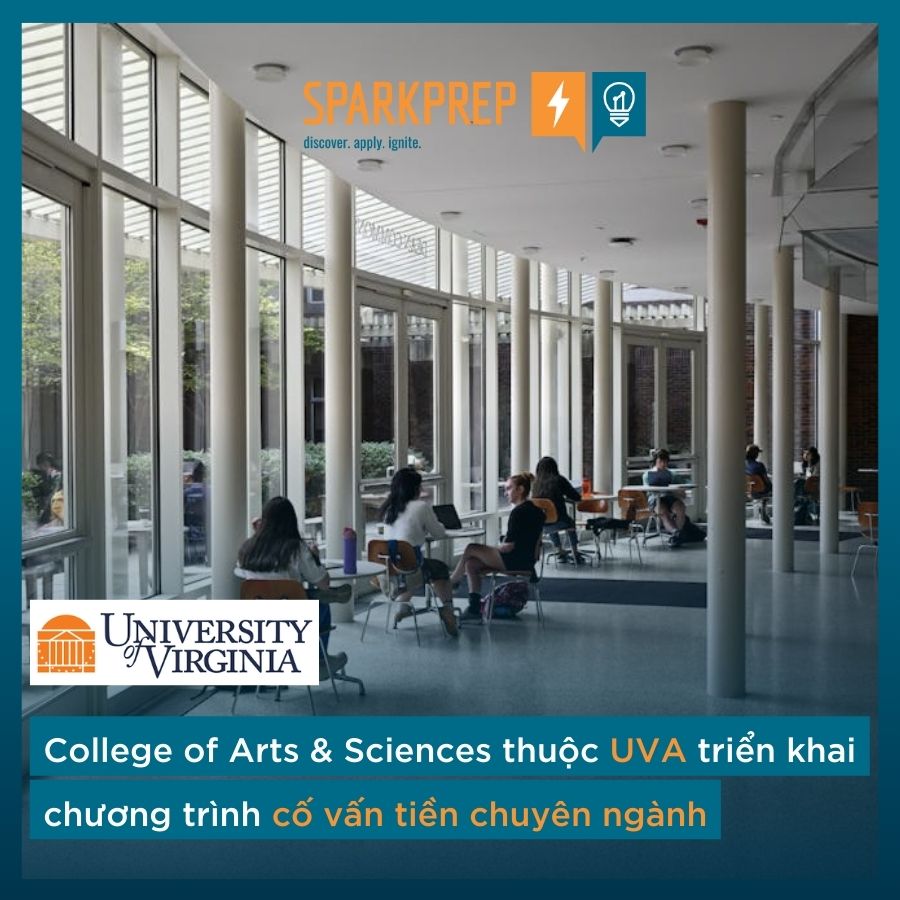On May 3rd, former President Donald Trump released a preliminary budget proposal—referred to as a “skinny budget”—for the 2026 fiscal year. The plan suggests cutting approximately $163 billion from non-defense programs. Key areas affected include education, scientific research, and student support programs.
Although this is only an initial proposal and must still be reviewed by Congress, it has already drawn significant attention from stakeholders in the education and research sectors.
The Trump administration is proposing:
Eliminating the U.S. Department of Education, transferring its responsibilities to individual states and local communities.
Ending support programs for underprivileged students, including:
TRIO and GEAR UP: Programs that help low-income students prepare for college.
Federal Work-Study: Provides on-campus part-time jobs for college students.
SEOG (Supplemental Educational Opportunity Grant): Offers grants ranging from $100 to $4,000 to students with significant financial need.
In addition, the Office for Civil Rights (OCR) within the Department of Education would see a 35% budget cut, shifting focus away from diversity, equity, and Title IX-related cases.
Funding reductions are also proposed for major research institutions:
National Science Foundation (NSF): Nearly $5 billion in cuts, about half of its previous budget. Programs in social sciences, climate change, and diversity in STEM are likely to be discontinued.
National Institutes of Health (NIH): Proposed $17.9 billion cut, with a restructuring of several research institutes. Some will be merged or shut down, except those in prioritized areas like neuroscience and behavioral health.
Notably, the proposal maintains investment in artificial intelligence (AI) and quantum science, signaling the administration’s focus on strategic technologies for the future.
Many educational organizations have expressed concern that these deep cuts could harm college access for students and weaken America’s long-term leadership in innovation.
Meanwhile, administration officials argue that the goal is to streamline bureaucracy, give more power to states, and focus resources on high-impact programs.
This is just the beginning of the federal budgeting process for the fiscal year starting October 1st. Congress will ultimately decide what stays and what goes. A full and detailed budget is expected to be released in the coming months.
It’s crucial to monitor policy shifts like these, as they have direct impacts on vital areas such as education and research. Transparent, data-driven dialogue is key to ensuring national policies reflect long-term public needs and interests.
Read the full article: What Trump’s Proposed Budget Cuts Mean for Education, Research | Inside Higher Ed
Stay updated with Spark Prep for more news!
 2025–2026 University of Michigan Admissions: What’s New and What You Need to Know
2025–2026 University of Michigan Admissions: What’s New and What You Need to Know
If you're planning to apply to the University of Michigan (U-M), one of the top public universities in the United States, the 2025–2026 admissions cycle brings several important updates. Below are the key changes you should know to better prepare your application.
Read more.png) Notable Changes in U.S. College Admissions for 2025–2026
Notable Changes in U.S. College Admissions for 2025–2026
The 2025–2026 academic year brings several important changes to the admissions policies of U.S. universities, particularly affecting international students.
Read more Georgetown University to Join the Common App Starting Fall 2026
Georgetown University to Join the Common App Starting Fall 2026
According to The Hoya, Georgetown University’s student newspaper, the prestigious school located in Washington, D.C. will officially join the Common Application (Common App) platform starting with the Fall 2026 admissions cycle.
Read more College of Arts and Sciences at the University of Virginia launched pre-major advising
College of Arts and Sciences at the University of Virginia launched pre-major advising
All incoming first-year students will pair with trained advisors based on their expressed interests to...
Read moreHanoi: 4th floor, 102-104 Lang Ha, Dong Da District
HCM: Toong Tan Hung, F16 Street No. 10 Him Lam Urban Area, Tan Hung Ward, District 7